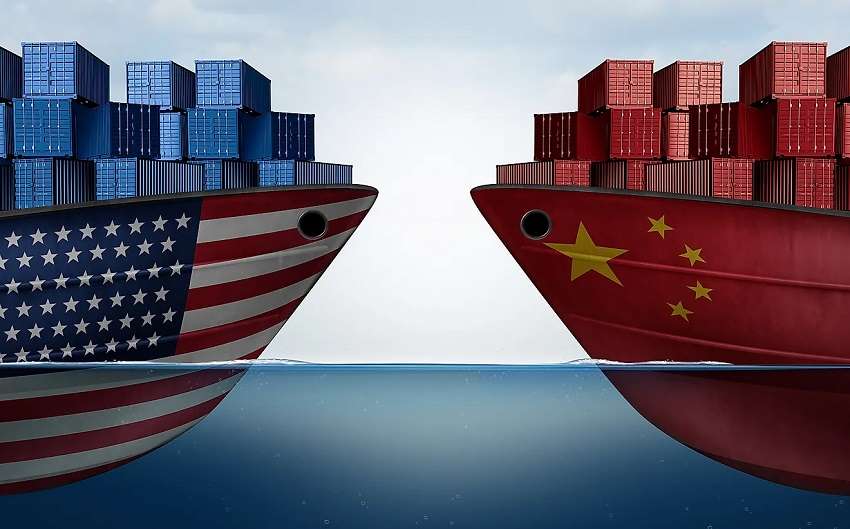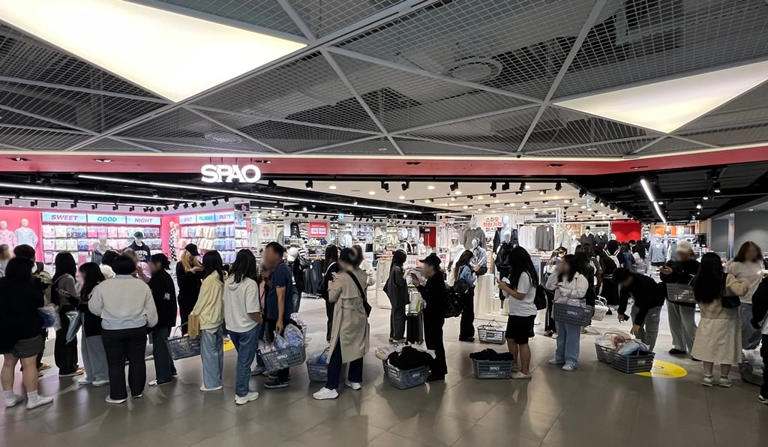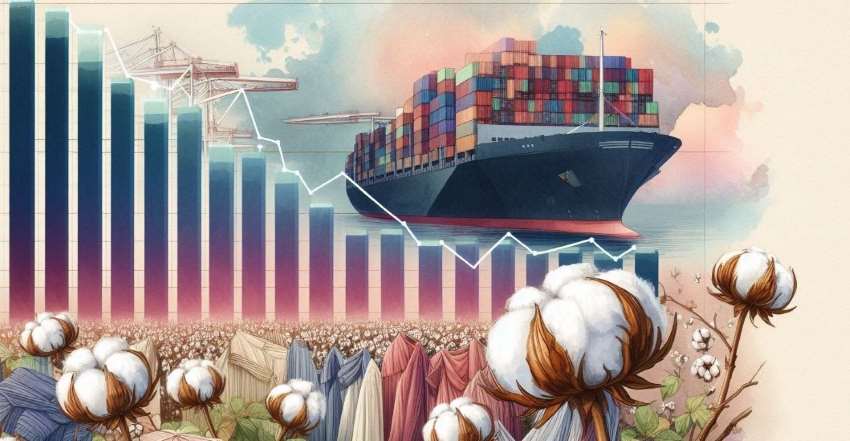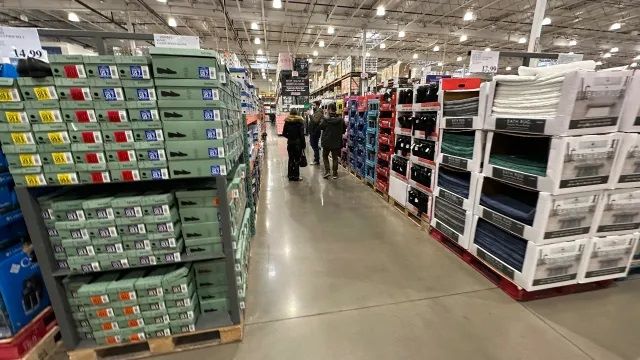
The global apparel market is witnessing a fascinating competition between Bangladesh and Vietnam, each vying for dominance after China. Data collated from sources like Eurostat and the USDA, reveals Vietnam has historically been a larger apparel exporter to the US compared to Bangladesh. This could be due to factors like Vietnam's diversified product range, including higher-value items, and potentially different tariff structures or trade relationships over time. However, Bangladesh's exports to the US have also shown significant growth in recent years, indicating its increasing competitiveness in this crucial market.
Bangladesh strengths from EU & US perspective
The primary strength remains its low labor costs, making it attractive for price-sensitive fast fashion and basic apparel categories. What’s more its large production capacity also works in its favor. Bangladesh boasts of a massive workforce and a large number of factories, capable of handling large orders.
The significant number of LEED-certified factories is a growing advantage, aligning with the increasing sustainability demands of European and American consumers and brands. This positions Bangladesh as a leader in environmentally conscious manufacturing within its price bracket.
And years of being a major sourcing hub have fostered strong relationships and understanding between Bangladeshi manufacturers and international buyers. The "factory ecosystem" has led to a well-established support system and expertise in garment production. And the EBA agreement with EU provides a significant price advantage for exports to the European Union, making Bangladeshi apparel more competitive in this market.
Table: EU imports of apparel (in bn Euros)
|
Year |
Bangladesh |
Vietnam |
China |
Other Countries |
|
2018 |
17.5 |
10.5 |
35 |
20 |
|
2019 |
18 |
11.2 |
34.5 |
20.5 |
|
2020 |
15.5 |
10 |
30 |
18 |
|
2021 |
19.5 |
12.5 |
36 |
22 |
|
2022 |
22 |
14 |
38 |
24 |
|
2023 |
21 |
13.5 |
37 |
25.5 |
Bangladesh has consistently been a significant apparel exporter to the EU, benefiting considerably from the EBA initiative. Vietnam's exports to the EU have also grown steadily, indicating its increasing importance as a sourcing destination. While China remains the largest supplier, both Bangladesh and Vietnam have carved out substantial market shares. The slight dip in 2023 for both could be attributed to various global economic factors.
Table: US imports of apparel in billion dollar
|
Year |
Bangladesh |
Vietnam |
China |
Other Countries |
|
2018 |
5.5 |
13.5 |
27 |
20 |
|
2019 |
6 |
14.5 |
26 |
21.5 |
|
2020 |
5 |
12.5 |
22 |
19 |
|
2021 |
7 |
16 |
25 |
23 |
|
2022 |
8.5 |
18 |
26.5 |
25 |
|
2023 |
8 |
17.5 |
25 |
26.5 |
Vietnam has historically been a larger apparel exporter to the US compared to Bangladesh. This could be due to factors like Vietnam's diversified product range, including higher-value items, and potentially different tariff structures or trade relationships over time. However, Bangladesh's exports to the US have also shown significant growth in recent years, indicating its increasing competitiveness in this crucial market.
However despite the positives, Bangladesh labor standards and safety has historically been concerns. While significant improvements have been made post-Rana Plaza, ongoing vigilance and adherence to international standards remain crucial for maintaining buyer confidence. Energy crises and slow logistics can be a concern, potentially leading to delays and increased costs for buyers.
Political unrest can also disrupt production and supply chains, posing a risk for international buyers who need reliable delivery schedules. While improving, Bangladesh is still perceived to be more focused on basic apparel categories compared to Vietnam's more diversified offerings.
Vietnam’s strengths from EU & US perspective
Vietnam's higher adoption of technology and automation leads to greater efficiency, faster turnaround times, and potentially better quality control. This is particularly attractive for brands with shorter lead times and demand for consistent quality. The ability to produce a wider array of apparel, including sportswear, technical garments, and higher-end fashion, makes Vietnam a more versatile sourcing destination for brands with diverse product portfolios.
The FTAs with various countries, including the EU, provide tariff reductions and broader market access, making Vietnam an attractive partner for long-term sourcing strategies. The stable political environment and better infrastructure, including port connectivity, offer greater reliability and ease of doing business for international buyers. And the ability of some Vietnamese manufacturers to handle the entire production process from textiles to finished garments can streamline supply chains and reduce lead times.
However, as Vietnam's economy develops, labor costs are increasing, which could erode its cost competitiveness over time compared to Bangladesh. Perhaps that is why brands like Primark or Shein, prioritizing low costs for fast fashion, might lean towards Bangladesh for their basic apparel needs, leveraging the cost advantage and large production capacity. On the other hand, brands like Nike or Adidas, requiring technical fabrics and faster turnaround for their sportswear lines, might prefer Vietnam's efficiency and diversified production capabilities.
Its dependence for raw materials especially from China can create vulnerabilities in the supply chain due to geopolitical tensions or disruptions in the flow of goods. While generally perceived to be at a good level, continuous improvement in ESG standards is still a demand from global buyers.
Table: Comparison Bangladesh vs Vietnam
|
Feature |
Bangladesh |
Vietnam |
|
Labor costs |
Lower |
Rising |
|
Automation & Technology |
Lower adoption rate |
Higher adoption rate |
|
Product Diversification |
More focused on basic apparel |
Wider range, including high-end and technical garments |
|
Trade Agreements |
Primarily relies on EU EBA; fewer other major FTAs |
Multiple FTAs with key markets |
|
Political Stability |
More prone to unrest |
Generally more stable |
|
Infrastructure & Logistics |
Can be challenging |
Better logistics and port connectivity |
|
Raw Material Integration |
High dependence on imports; limited backward integration |
More developed domestic textile industry; higher backward integration |
|
Green Factories (LEED) |
Global leader in number |
Growing focus, but fewer certified factories than Bangladesh |
|
EU Import Value (2023) |
Approx. €21 Billion |
Approx. €13.5 Billion |
|
US Import Value (2023) |
Approx. $8 Billion |
Approx. $17.5 Billion |
Overall, Vietnam scores higher than Bangladesh in the integration with the global supply chain for raw materials due to its greater backward integration and a more developed domestic textile industry. This provides Vietnam with a more resilient and efficient supply chain, which is a significant advantage in meeting the demands of global buyers for faster delivery and diverse product offerings.











